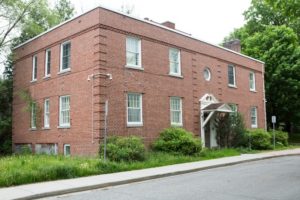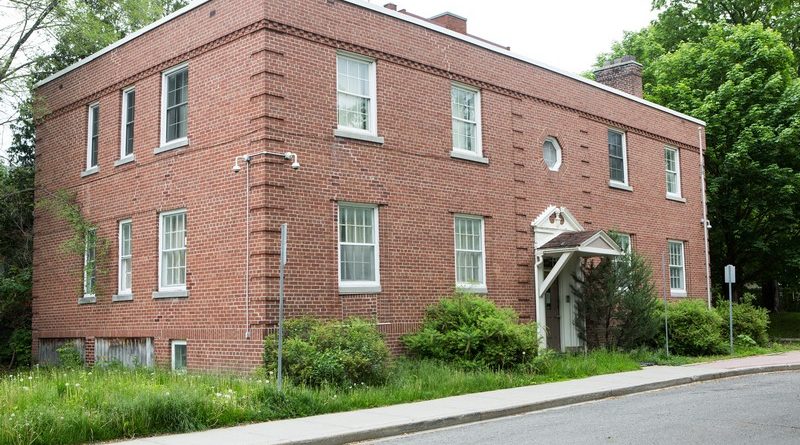231 Cobourg still in jeopardy
François Bregha

Last December, the Ugandan High Commission, which owns the house at 231 Cobourg where Lester B. Pearson lived when he won the Nobel Peace Prize, and Action Sandy Hill signed a letter of agreement committing both organizations to “upholding the property’s significant heritage values and maintaining its relationship to the Wilbrod/Laurier Heritage Conservation District as a contributing building.” In March of this year, the Ugandan government withdrew from this agreement arguing that enough studies had been conducted and that the cost of “retaining any facades would be too much for the government to meet….”
In response, ASH president Susan Young sent the letter below to the Ugandan Minister of Foreign Affairs. In the meantime, ASH is pursuing its appeal of the City’s decision to rezone the property to allow commercial development, limited to an embassy, to the Local Planning Appeal Tribunal. While ASH cannot appeal the decision to demolish the building, it can challenge the rationale for enabling the construction of a commercial building in a residential area. Stay tuned.
March 23, 2019
The Honourable Sam K. Kutesa, M.P.
Minister of Foreign Affairs
Government of Uganda
(info@mofa.go.ug)
Dear Minister Kutesa,
I am writing to you about an immediate threat to Canada’s political heritage posed by plans for the Ugandan High Commission in Ottawa. For more than 30 years, the Commission has owned a house at 231 Cobourg Ave. in the Sandy Hill district of Ottawa. The High Commission occupied this house until about four years ago when lack of proper maintenance forced it to move to a commercial office building.
The house is significant because the Right Honourable Lester B. Pearson, who won Canada’s first and only Nobel Peace Prize in 1957 for his contribution to resolving the Suez Canal crisis, lived in it with his wife Maryon for four years when he was Canada’s Minister for External Affairs.
Today, there is little doubt that the building is in bad shape. But it stands in a residential area that is also a Heritage Conservation District and contributes to the district’s overall character. Through Pearson, it is associated with one of the highlights of Canadian diplomacy, the invention of international peace-keeping.
This historical association deserves to be celebrated, if not by saving the whole house, at least its outside walls facing the two streets it abuts. Yet the Ugandan government wishes to demolish the house in its entirety and replace it by a purpose-built three-storey office building.
There is a lot that is wrong with this picture: demolition by neglect of a house in a Heritage Conservation District; siting of an office building on quiet street zoned residential; turning our collective back on an important highlight in Canadian history.
Is this really how the Ugandan government wishes to be known in Canada — as the developer who tore down the former home of our most distinguished diplomat? Does it not wish to respect the memory of a former Canadian prime minister and architect of the Commonwealth that unites our two nations? How would it react if the Canadian government compromised an element of Uganda’s own heritage?
In December, the Ugandan High Commission and the community organization I represent, Action Sandy Hill, signed a Letter of Agreement to determine what features of the building could be saved. Earlier this month, the High Commission withdrew from this agreement.
It does not have to be this way. 231 Cobourg is still standing and some of its features can still be saved. What is required is some goodwill and a little imagination. We urge the Government of Uganda to rise to the challenge.
Action Sandy Hill has appealed this matter to the Ontario Local Planning Appeal Tribunal. The case will be heard at the end of next month. I urge the Government of Uganda to reconsider its decision to demolish the whole building.
Susan Young, President
Action Sandy Hill
